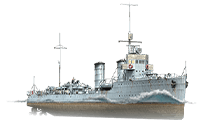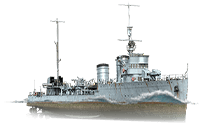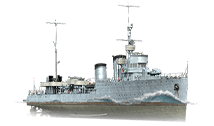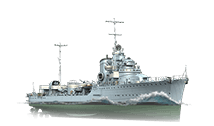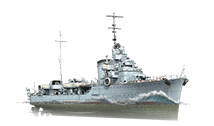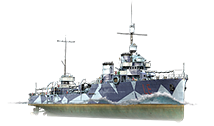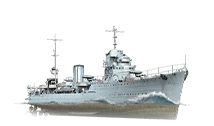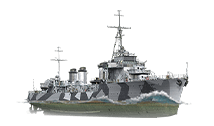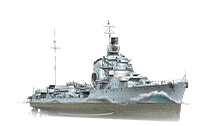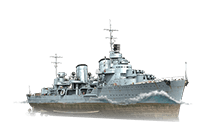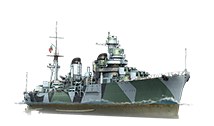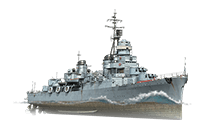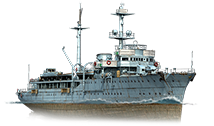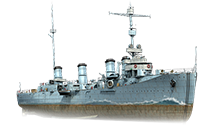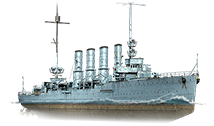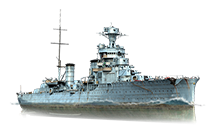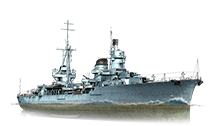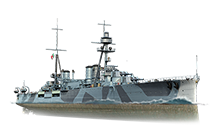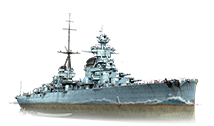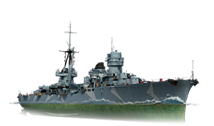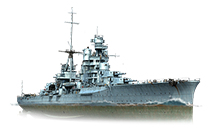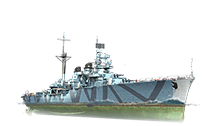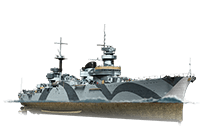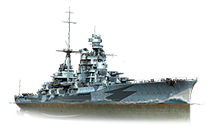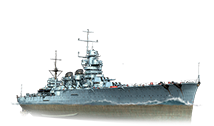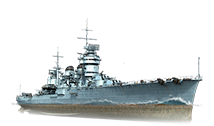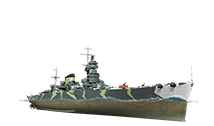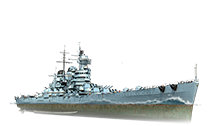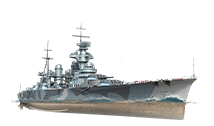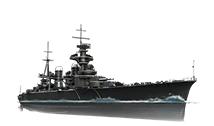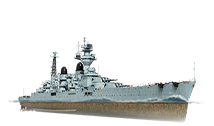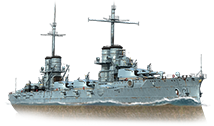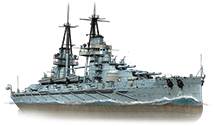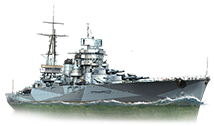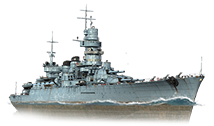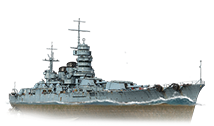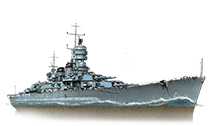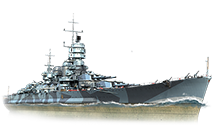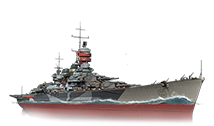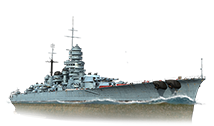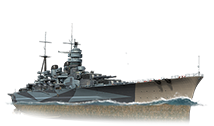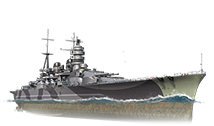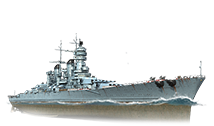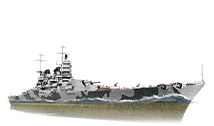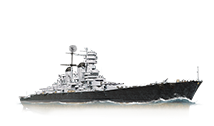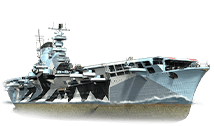Ships of Italy
Revision as of 04:03, 26 August 2017 by

During the interwar period, the Regia Marina was once again pressured by the changing global political situation to choose a proper design doctrine for their warships. Concluding that the French would be their most likely adversaries, they emphasized speed and long-range gunnery, and set about modernizing their older World War I dreadnoughts, building the Littorio-class battleships and a wide variety of destroyers, submarines and cruisers, including the Zara-class: the best-protected heavy cruisers ever built until they were surpassed almost 20 years later by the U.S. Navy's Des Moines class. Entering World War II with the fourth largest navy in the world, the Regia Marina nevertheless struggled against the French and British navies for dominance over the Mediterranean. While having long gun ranges and excellent fire control systems, a near total disregard for radar and sonar technology consigned the Regia Marina to a “fair weather fleet”, relying on visual sighting of targets and making overcast days and night battles incredibly disadvantageous. Greatly aware of their inability to replace losses, naval commanders were forced to confer with headquarters for virtually any engagement, wasting precious time and failing to press even the clearest of decisive advantages. Reasoning that they would only operate in the Mediterranean Sea near the Italian Peninsula, no resources were allocated to the development of naval aviation. Despite this, the Regia Marina had a reputation for having well-designed ships and well-trained seamen, showing their defiance after the Battle of Taranto by heavily damaging the battleships HMS Queen Elizabeth and HMS Valiant, and fighting on against the Royal Navy — a highly experienced foe with overwhelmingly superior numerical and technological advantage — doggedly holding onto the Mediterranean for three long years until the Armistice of 1943.
Destroyers
Cruisers
Battleships
Aircraft Carriers
Category:
